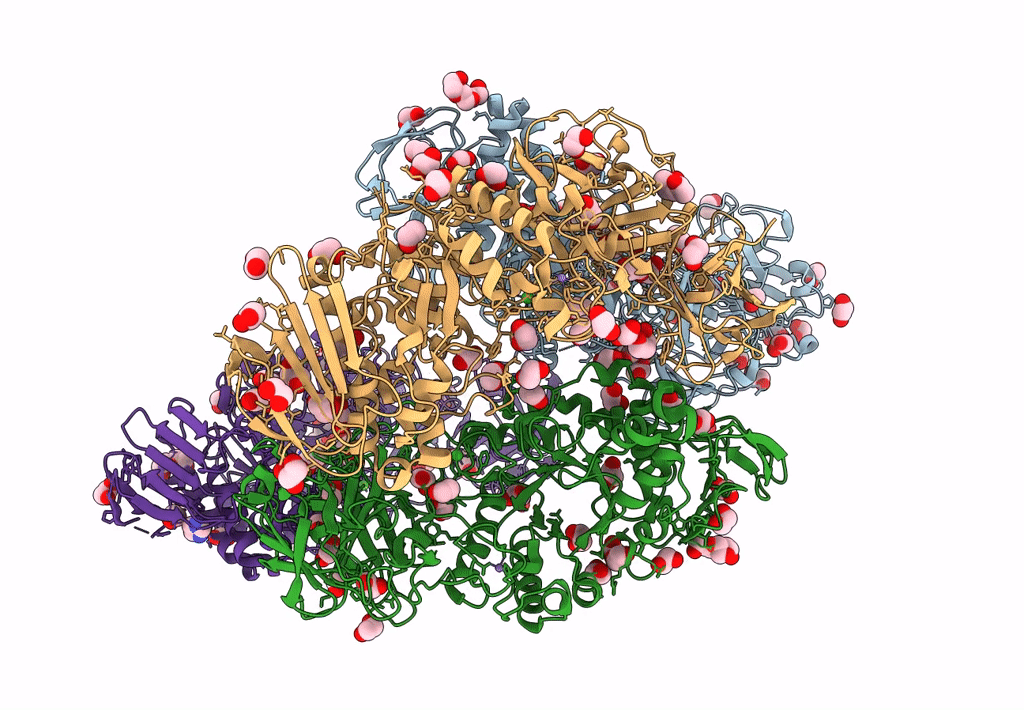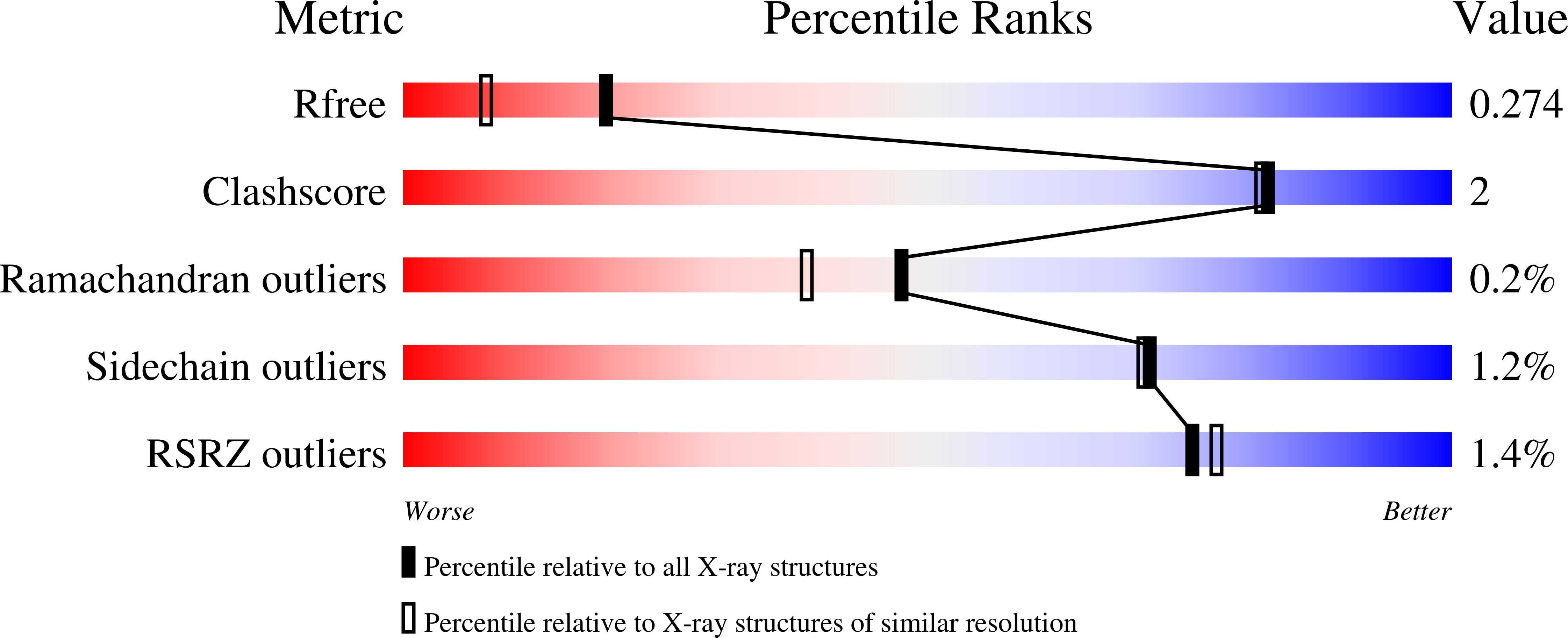
Deposition Date
2022-06-23
Release Date
2023-05-24
Last Version Date
2023-10-25
Entry Detail
Biological Source:
Source Organism:
Bacteroides ovatus ATCC 8483 (Taxon ID: 411476)
Host Organism:
Method Details:
Experimental Method:
Resolution:
1.89 Å
R-Value Free:
0.27
R-Value Work:
0.20
R-Value Observed:
0.21
Space Group:
P 1 21 1


